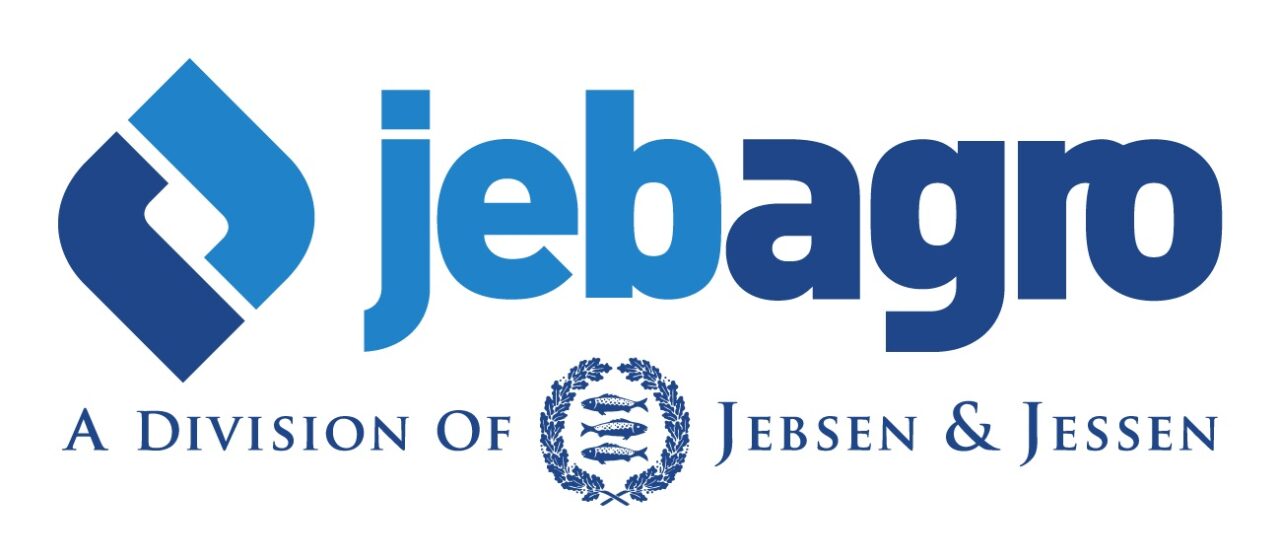Making the Case for Biostimulants

Giuseppe Natale, president of the European Biostimulants Industry Council
Biostimulants, one of the fastest growing segments in the crop protection arena, have the potential to help growers deal with some of their most difficult challenges. Because biostimulants are relatively new, and in some circles misunderstood, the European Biostimulant Industry Council’s (EBIC) stated role is to “promote the contribution of plant biostimulants to make agriculture more sustainable and resilient and in doing so promotes the growth and development of the European Biostimulant Industry.”
In Europe, the term “plant health” is historically used to refer to plant protection rather than to general plant well-being related to nutrition. EBIC advocates for these relationships to be reconsidered. In addition, plant biostimulants provide other important benefits that aren’t reflected by this term. Biostimulants can also enhance quality traits that increase farmer profitability. They also help address key challenges facing agriculture today, such as extreme weather conditions and water stress. That makes them an important tool in the drive to produce more, high quality food for a growing population with fewer negative impacts and on limited arable land.
Returning to the relationship between the term “plant health” and the operating context, the EU has already modernized the regulatory framework relating to human health and nutrition to reflect the interactions between them, and to recognize that medicine is just one aspect of the health spectrum. We argue for the same efforts to be made in the area of plant science. In the meantime, using the term “plant health product” is problematic for producers of biostimulants and similar products.
Challenges Ahead
This type of regulatory legacy is one of the greatest challenges to innovation for our industry. Regulations currently differ significantly from one European country to another, and there is no recognition in existing EU regulations of biostimulants as a distinct category. The uncertainty created by this situation stifles innovation and investment in the sector. We are at a key turning point where the situation needs to be resolved or the sector will suffer, with negative consequences for farmers, consumers and sustainability objectives.
EBIC has been working to secure European-level recognition and regulation of our products, thus opening up a truly European market for the first time. If all goes well, we expect the draft regulation to enter the legislative process by early 2016. But there are a number of legacy issues that need to be addressed to make the framework fit for adapting to continuing innovation. One example is the existing definitions of fertilizers (which is too narrow) and crop protection products (which is too broad). Another cross-cutting issue that affects the possibility for innovation is how national and EU regulators treat substances or micro-organisms that can have more than one type of effect on crops.
Changing Outlook
Today, grower knowledge about biostimulants is variable. Because the value of biostimulants is dependent on such a large variety of contextual factors, their successful deployment depends on the capacity of producers and our distributor partners to help growers understand the relevance of specific products in local conditions.
Given the fragmentation of the European market today and the different major crops from one place to another, the demand for types of biostimulants varies. Research programs are oriented to improving the reliability of deployed products and answering the requirements of key markets, but market value is related to claims more than to the make-up of the product. Research to improve reliability doesn’t necessarily mean product development. It might consider how the products are used within an integrated crop management framework and therefore requires partnerships.
Current trends include the diversification of product portfolios to include a range of different technologies and the integration of biostimulants into more integrated thinking about crop production. This second trend is reflected by the recent enlargement of EBIC’s membership to include well-established plant science companies like BASF, Bayer, FMC and Monsanto, who have all moved into this space recently, usually following an acquisition.
Natale is President of the European Biostimulant Industry Council and CEO of Valagro SpA.






